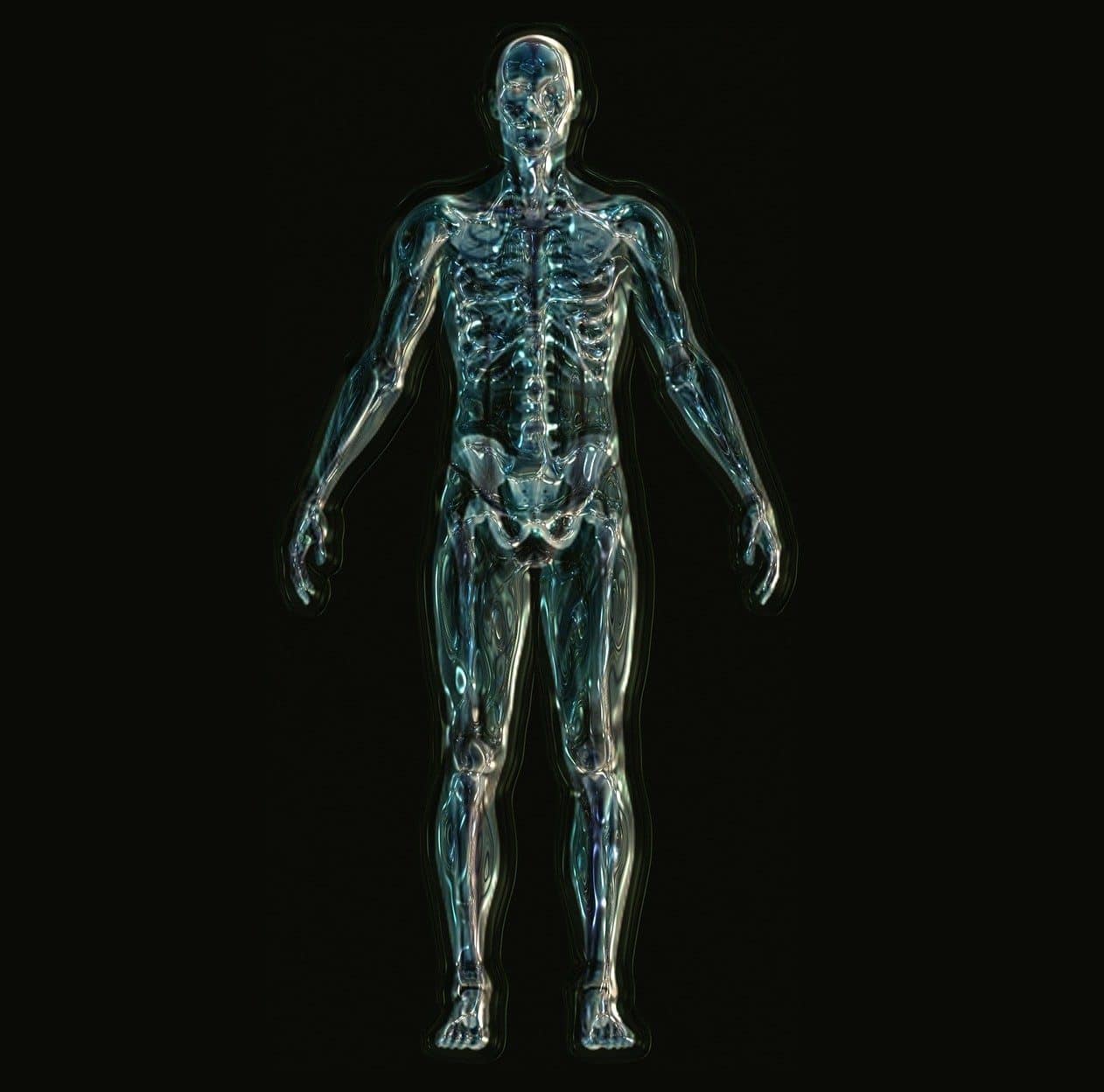
The sacral bone is formed by the union of the vertebrae that, articulated with other bones, make up the pelvis.
Sacred is a term that can be used in different ways. For anatomy , it is the name of a bone composed of vertebrae joined together that, when articulated with other bones, constitutes the pelvis . By extension, what is linked to this area of the body, located in the lower sector of the spine, is classified as sacral.
In the case of humans , the sacrum is a bone that is formed from five vertebrae (called sacral vertebrae ) that are welded together and make up a pyramidal-quadrangular structure.
The sacral bone has four faces (two lateral, one posterior and one anterior), a vertex and a base. It is located above the tailbone and helps make up the pelvis and spine . The lumbosacral , large dorsal , piriformis , and iliacus are some of the muscles that insert into the sacrum.
The sacred as the sacred
Sacred, on the other hand, is an adjective that mentions the sacred (that which, because it is linked to a divinity , is venerated and respected). For example: “Sacred art is among the most important cultural manifestations of the medieval era” , “We should not allow similar acts in a sacred place” , “In the temple we learn about sacred history” .
Sacred art is called, in this sense, the works that are made to worship the divine. It is important to note that sacred art not only encompasses manifestations of Catholicism, but there is also Buddhist sacred art and Muslim sacred art , among others.
In addition to everything explained, regarding the Catholic and Christian religion, we have to state that the most recurrent themes are the crucifixion of Jesus, the resurrection of Jesus, the Virgin Mary or certain events narrated in the Bible .
Among the best-known works in history that fall within the type of sacred art, we could highlight “The Sistine Chapel” by Michelangelo or “The Last Supper” by Leonardo da Vinci .

Sacred art worships the divine.
A vastly expanding empire
Likewise, we must also take into account the existence of what was called the Holy Roman Empire . It is a notion that was used to define a political group in central and western Europe , which lasted from the Middle Ages to the Modern Age and was headed by the Germanic Roman emperor.
In the 12th century was when, for the first time, that name, which is fundamental in history, was used.
At the height of the Holy Roman Empire , it was made up of today's Germany, Switzerland, Belgium, Luxembourg, Slovenia , part of France , Austria, Liechtenstein, the Netherlands and the Czech Republic , for example. Likewise, it is worth knowing other interesting information:
- It was an imperial state.
- Its main legislative body was called the Diet and was composed of the Council of Princes , the Council of Electors and the Council of the 51 imperial cities .
- Its first emperor was Charlemagne and the last was Francis II . However, perhaps the most significant of all was Charles V , the Charles I of Spain .
The Sacred College
Finally, the Sacred College , also known as the College of Cardinals , is the institution of the Catholic Church made up of all the cardinals.
The Sacred College has the responsibility of electing each new Pope , which has enormous relevance in the Church .
